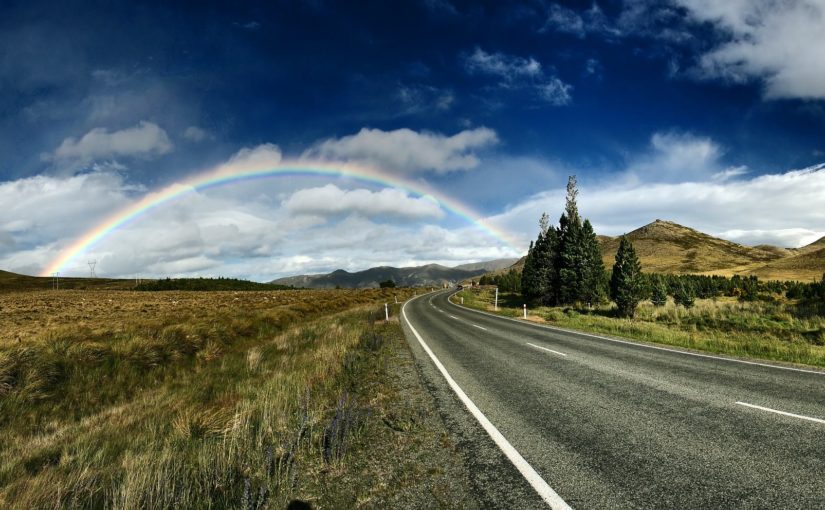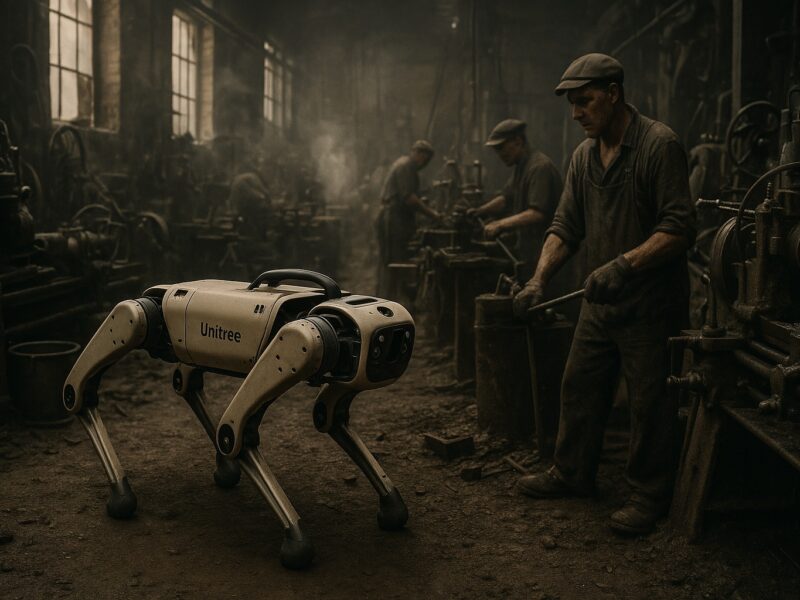Heather and I are fascinated with the idea of living off the grid in a much simpler, much less “distracting” environment. It’s not just to get away from the noise of the city busses and semis that whiz by just 30′ from our master bedroom window, or the random stranger passing at 3am, singing as if practicing a serenade, secluded in a steamy shower. But the noise and distractions of “modern” life. We want fewer things, highly intentional things, well thought out spaces, and land. Land for growing, for grazing, and for simply enjoying the evening sunset.
This is so weird. It’s abnormal. Maybe even impossible? No, but this lifestyle is in perpetual conflict with my desire to live high above, but directly connected by roots to the 24/7 vibe of the urban core. Walk, bike, use transit for the long haul trips. Everything is now, delivered to my doorstep, or streaming directly to my retina – by way of a fully immersive VR headset. That is equally attainable, in fact. But I digress.
What follows is a hypothetical recipe for achieving an off-the-grid life. To be clear, we have not done this, I’m interested in all of the feedback, however. Because, one day, we will.
1. Land
2. hOMe
3. Solar Power
4. Water
5. Food
6. Cooking
Land
I’m amazed by the surplus of remarkably inexpensive land across the country. These properties range from $10k to $50k, are between 2.5 and 4 acres, and contain the word “mobile” in the text, meaning they’ll likely allow a tiny home.
This spot is golden. It’s 3.8 acres of densely forested land near a lake, and a 15 minute drive from “town,” and it’s a remarkable $17,900. Yes, 3.8 acres for $18k.
The hOMe
The new hotness is the THoW (Tiny House on Wheels) – homes built on trailers with two or more axels – intended to be towed by a vehicle. They’re closer to RVs than a traditional mobile home (or double-wide). There are many differences, the details of which are far beyond the scope of this post.
And “tiny” itself doesn’t imply wheels – “tiny” can be the smallest permanent fabrication with just enough room to kneel and sleep. There are some simply remarkable builds in this style.
There are two primary ways to acquire a tiny home. First is to buy one outright. This can be a preplanned home, or used, and there are many options with each. If you’re going to order one, for the sake of this post, it’ll need to be designed for “off-the-grid” use.
The hOMe model by Tiny House Build is a fantastic floor plan. You can buy on the fly, or buy plans and build it yourself. The model in the video took the owners 4 months to build from scratch. Details: $33,089.72 221sq ft, plus two lofts 128sq ft. The full specs and plans are available here. This is an example of a modification to the hOMe, shown on FYI.
Solar Power
Off the grid means no city/county provided services. Power is the number one concern for many people looking at this lifestyle. There are many ways to reduce power consumption, and keep in mind that stoves in most tiny houses are propane. Add a wood burning stove and you can reduce power needs even more. Sure, $12,105.00 is a little on the high end – others have done it for less.
We won’t have a microwave or any appliances that will use as much energy, so I anticipate that our power requirements will be lower than the above systems can generate.
Water
Cistern tanks are the way to store water. The source of the water could be simple rainwater, a well fed system, or even delivered. Jesse & Alyssa, a couple in the northwest went through several iterations of storing water. Spend some time reading their posts. If someone else has done it, leverage their experience. Their blog is Pure Living for Life. Jesse said that you can expect to spend about $1 per usable gallon. I’d estimate about $1,500 for us.
If you’re capturing rain water or using creek water, you’ll need to filter it before using it for cooking or consumption. I’ve seen the Berkey Countertop Water Filter ($288.50) system in many tiny home builds. There are lots of things to consider with regards to water… but this is one of the tops if you’re not using city water.
Food
We’d have plenty of space, with rich soil to plant trees, veggies, and whatever else will grow. We’d want a greenhouse for year around needs, but the land would be used when available. I’d like a few free roaming chickens for all of the obvious reasons. We have one pescatarian, and no vegans in the family.
While I can’t think of anything else we’d require, bartering with neighbors is an option, and being close to a grocery store will make up the difference.
Cooking
Propane is pervasive in the tiny world. From full size to RV to single burners, the choices are nearly endless. If you have grid access, the sky is actually the limit – microwaves and toaster ovens included. Off grid choices are interesting too. Wood burning stoves provide some cooking capabilities, but think really far outside the box – to solar ovens and fire pit cooking.


